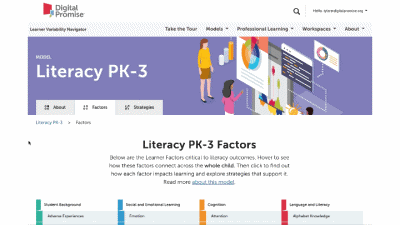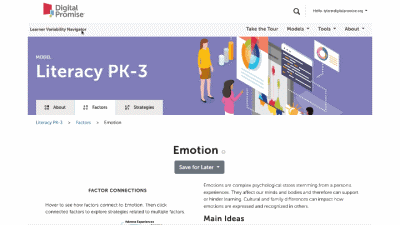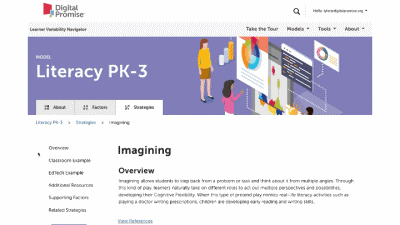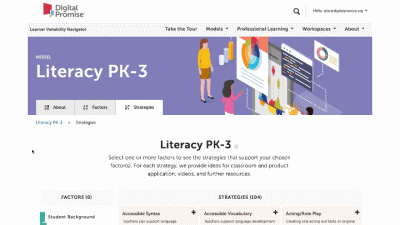Creating Inclusive Classrooms
Overview
When classrooms are intentionally designed to promote inclusion, belonging, and accessibility, they positively influence key learner factors, including Attention, Self-Regulation, Learner Mindset, and Sense of Belonging. Differentiated spaces, varied seating types, sensory considerations, and culturally responsive design all contribute. Flexible seating refers to offering a range of seating types and workspaces, such as stools, standing desks, cushioned floor seating, and traditional desks, to accommodate diverse needs, support physical comfort, and reduce cognitive load. Thoughtful layouts with collaborative zones, quiet areas, natural elements, and visual supports can boost motivation, focus, and memory. Social structures that prioritize peer collaboration, inclusive norms, and shared leadership strengthen community and engagement, supporting students across a range of backgrounds and learning profiles.
Creating emotionally safe, culturally affirming environments helps students feel valued, connected, and ready to learn. Classrooms that reflect students' cultural identities, integrate sensory-rich elements like music and movement, and offer access to nature support cognitive processing, creativity, and executive function. Environmental factors such as consistent lighting, comfortable temperatures, and minimized noise further enhance focus and self-regulation. Inclusive classroom design supports neurodivergent learners, multilingual learners, and students with diverse abilities by removing barriers and promoting full participation. When learning spaces are thoughtfully designed, they nurture Curiosity, confidence, and a strong Sense of Belonging—empowering all students to thrive.








